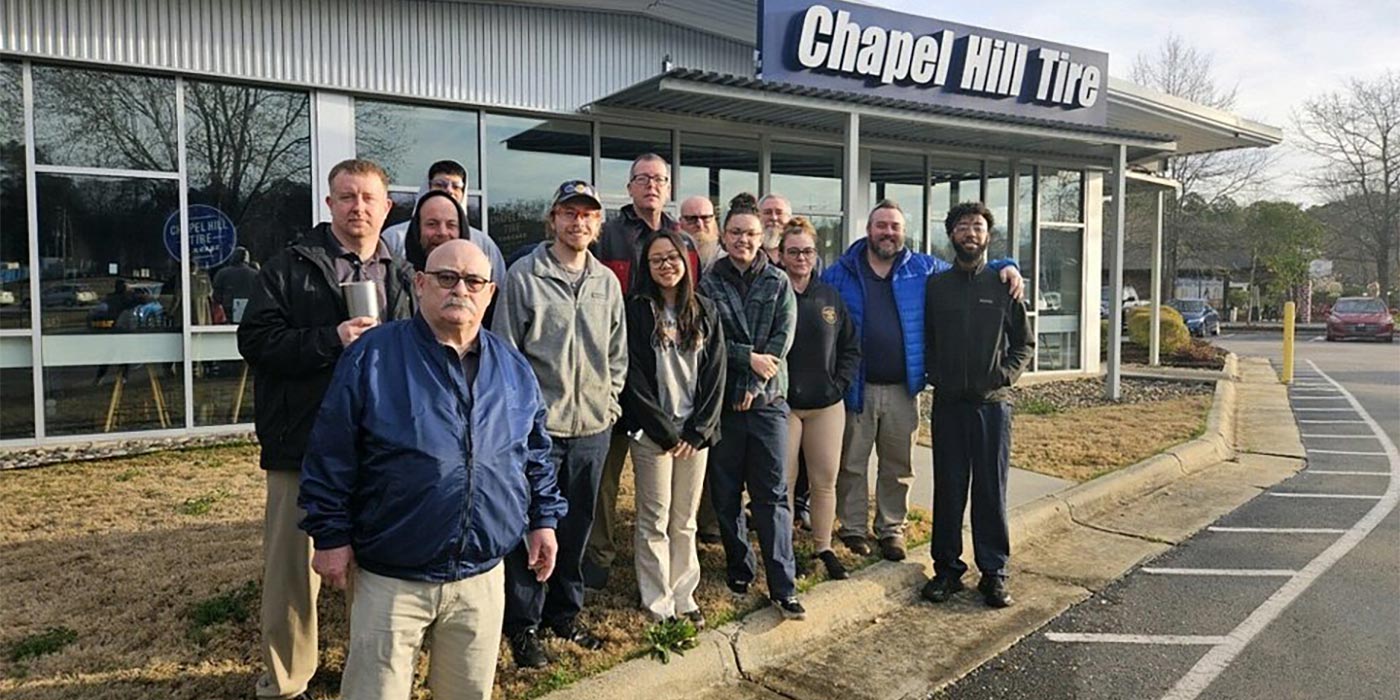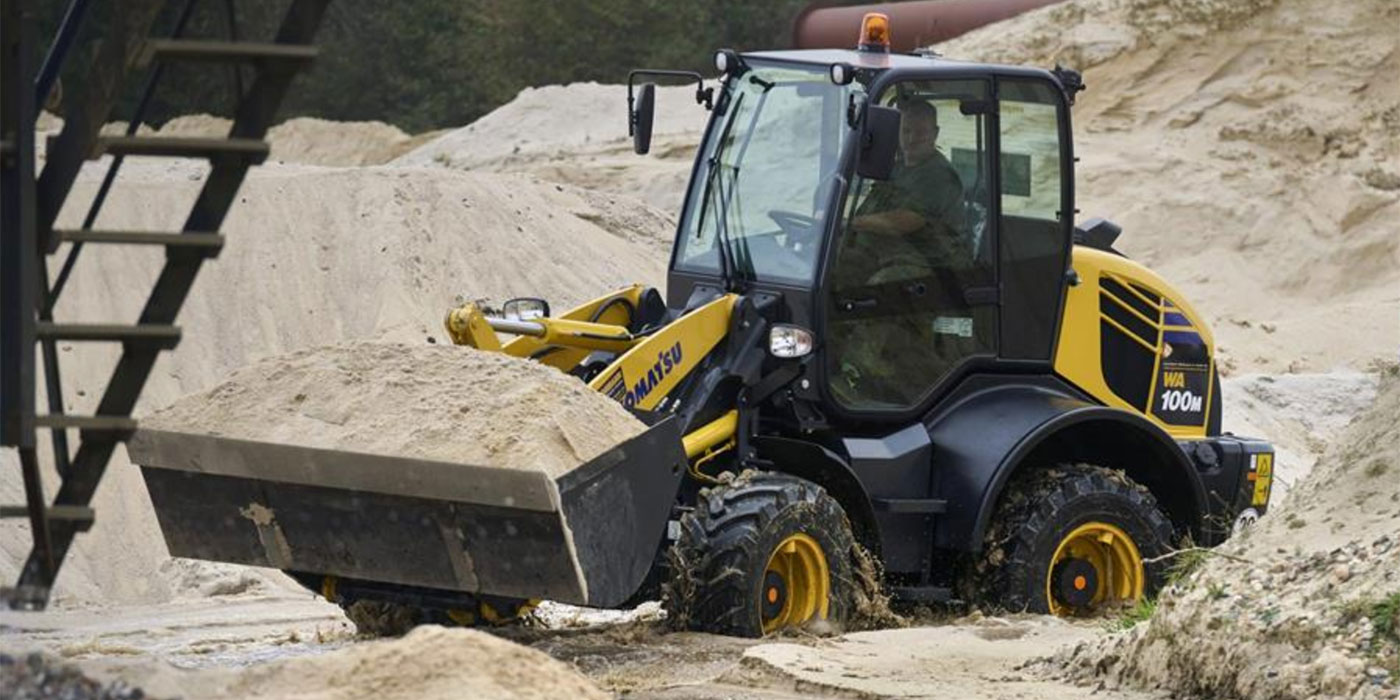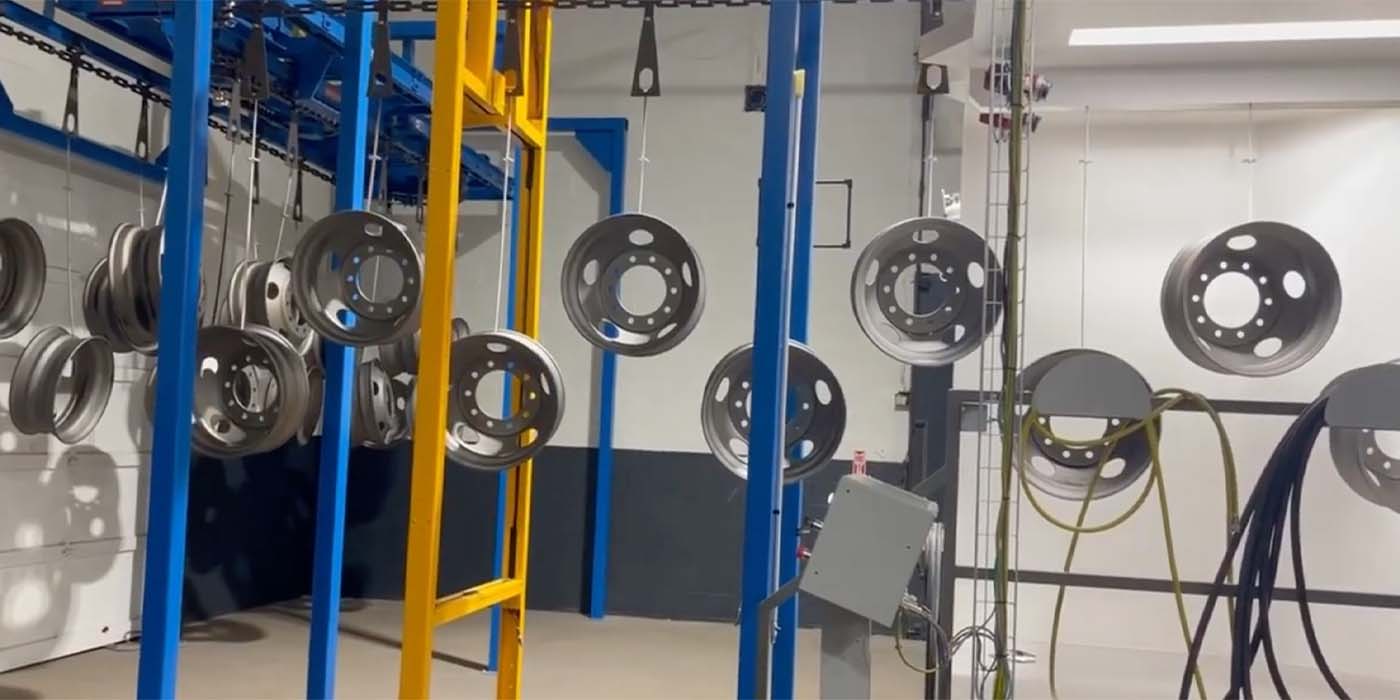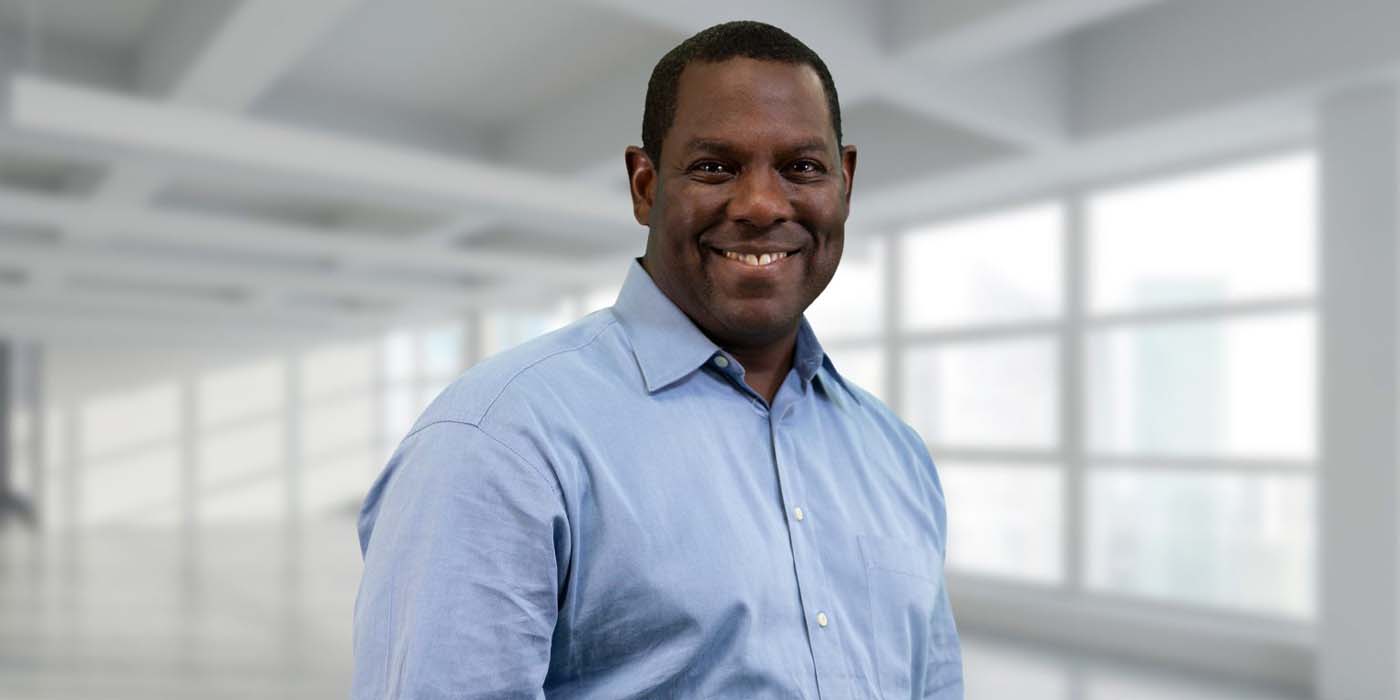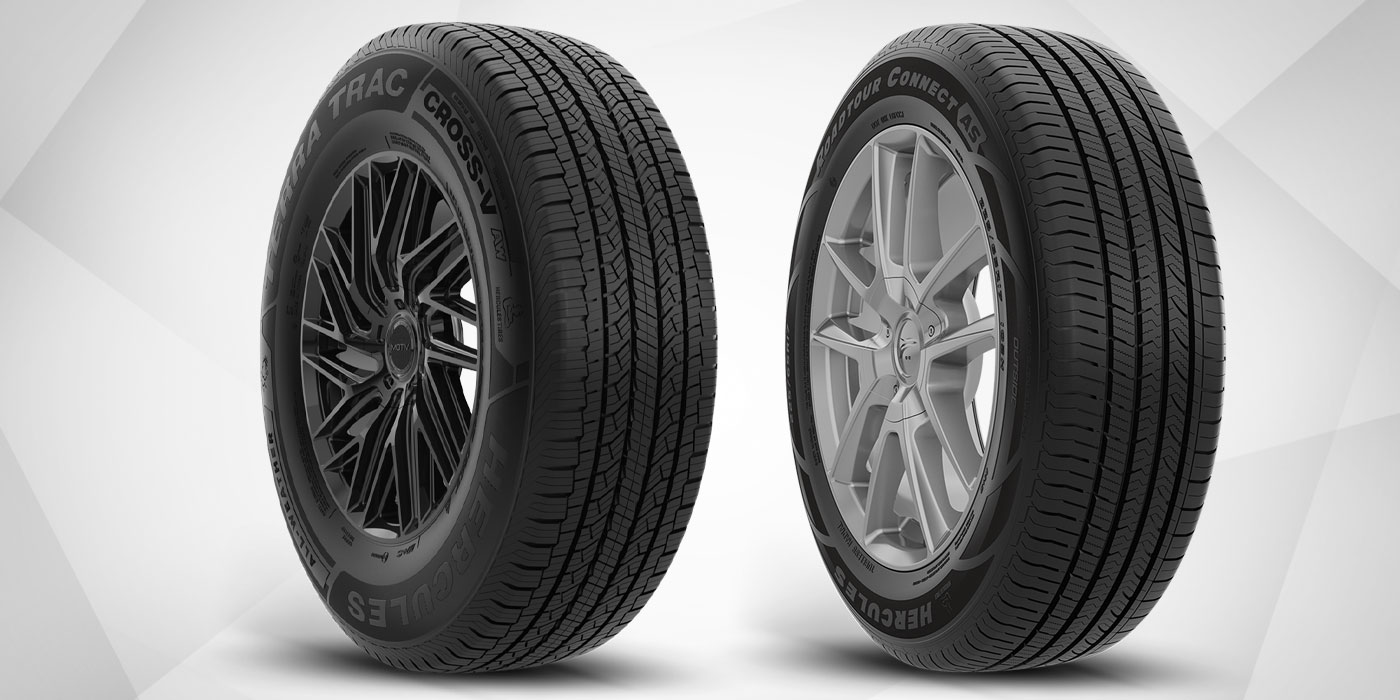These tyres range from bicycle tyres to massive mining and earthmover tyres. These 1.5 billion scrap tyres represent more than 32.5 million tonnes of waste rubber, metal and fibre annually, posing a huge challenge to governments, industry and the public.
One of the world’s most successful and prominent scrap tyre management and consulting companies is EER Ltd., headquartered in Hebron, Conn., United States.
Anne Evans, founder, chairman and CEO of EER Ltd., and one of the very few women in global rubber industry, travels worldwide, tackling every issue connected with scrap tyres. She will be in Mumbai, India, in late November 2006 with the U.S. Secretary of Commerce, as part of a high-level trade mission.
In 2003, Evans was honored by the Tire Industry Association with its prestigious Pioneer Award for her many years of leadership, innovation and success in the international scrap tyre industry. In 2004, as an elected director of the Tire Industry Association, which has more than 5,500 members in 66 countries, Evans started the TIA Global Council, serving as its first chairman.
Rubber Asia caught up with Evans in Johannesburg, South Africa, at Tyrexpo Africa 2006, where she and her company were exhibitors and participants.
Excerpts from the interview with Evans:
Q: Your company, EER Ltd., is considered a pioneer and leader in the waste tyre industry globally. What brought you personally into this business?
Evans: I am third-generation in the tyre industry. My grandfather began retreading and servicing tyres in Middletown, Conn., in 1929. In 1978, when I joined our family business, I saw the need for recycling and the beneficial use of waste tyres. Radialisation and the difficulty of processing these multi-material tyres were both a challenge and an opportunity. My goal was to find environment-friendly and cost-effective solutions to the waste tyre problem.
Q: How do you relate to people in the tyre industry?
Evans: I’ve been just about everything: a retailer, wholesaler, retreader, distributor, importer, exporter, scrap tyre collector and recycler. At every step in the tyre industry, except manufacturing, I have had experience, so I know what the various stakeholders are going through and what aspects of the scrap tyre situations are most troublesome to them or present the best opportunities. We’ve worked with huge national scrap tyre collection companies in the United Kingdom, and helped the tyre industry and the government establish a voluntary compliance system originally called the Responsible Recyclers Programme. Partially because of this programme, the U.K. has the highest recycling rate in Europe – all based on companies within the scrap tyre industry voluntarily complying with regulations and recommendations, and participating in peer-supported audits of their operations.
Q: What are the environmental and cost-effective solutions you spoke of?
Evans: In the early 1980s, waste tyre processing equipment were not yet perfected and that limited processing for reuse. We looked to tyres for energy applications. EER Ltd. helped develop a dedicated waste tyres-to-electricity facility, Exeter Energy, in Sterling, Conn., in the 1980s. The Exeter Energy plant uses almost 10 million tyres a year to produce 25 MW of electricity for sale to the New England electricity grid. Following the Exeter experience, the British Government asked EER to develop a similar facility in the U.K., and, in 1992 and 1993, the U.S. $85 million Elm Energy and Recycling facility in Wolverhampton, U.K., was built and commissioned. The unit produced over 25 MW of electricity. This facility used 10 million waste tyres annually, and was eventually sold to a French waste company.
Q: Now that tyre processing equipment are readily available to recover material for products, what is the best solution for waste tyres?
Evans: There is no single solution. The solutions for passenger tyres, commercial tyres and large earthmoving and mining tyres are different. Regional needs and end-market acceptance for products must also be considered. This year, we undertook a massive study for the Waste and Resources Action Programme, a quasi-governmental agency of the U.K. Department of the Environment, of companies, processes and scrap tyre-derived products globally employing best practices to make superior products profitably. We identified numerous solutions. The studies are published on WRAP’s Web site.
Q: You have been involved in the waste tyre industry for more than 25 years. What are the current challenges to governments, industry and the public regarding waste tyres?
Evans: Over the past 25 years, the most industrialised regions – Europe, North America and Japan – have developed programmes and technologies to recover and beneficially use most of the waste tyres. Worldwide, over 1.5 billion scrap tyres are removed from vehicles each year. About one-third of the scrap tyres generated annually are in newly emerging and quickly growing markets like India, China and Brazil, where domestic growth is more than double the worldwide average and more than five times the economic growth in ‘older’ markets like Europe. The new challenge is to bring recovery and recycling to these rapidly growing economies.
Q: How can that be done?
Evans: It will not be an easy task. Scrap tyre solutions need first to focus on the environmental considerations while recognising the huge impact of logistics, government oversight/regulation and enforcement of acceptable environmental, safety and fire standards and requirements. Solutions must encompass regional needs and characteristics. In the emerging markets, the government and industry need to establish a sustainable and profitable development strategy.
Q: Who will be the ‘drivers’ and ‘stakeholders’ of these solutions?
Evans: The government will be the ‘driver,’ either encouraging or mandating the ‘stakeholders,’ tyre and transportation and mining industries, to implement a solution. The stakeholders’ solutions must represent reasonable opportunities for all stakeholders to see the benefits to them and understand the opportunities available.
Q: How does EER work with ‘drivers’ and ‘stakeholders’?
Evans: Because of its global experience, EER is not wedded to any specific solution for any problem, but rather tailors its advice and counsel to the realistic and reasonable needs of each single situation or opportunity. For governments and private companies, we have developed specific recommendations, plans and outlines for successful recycling programmes.




